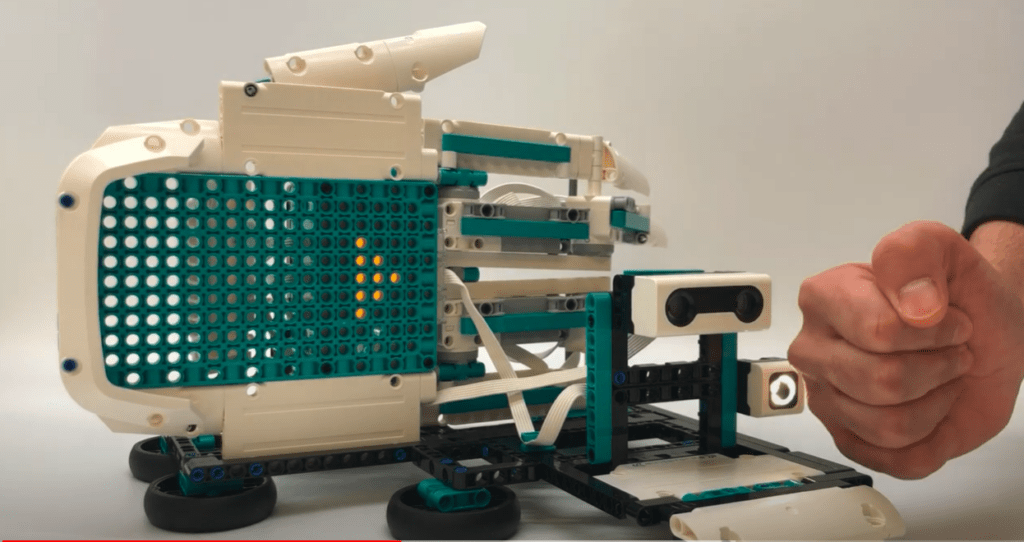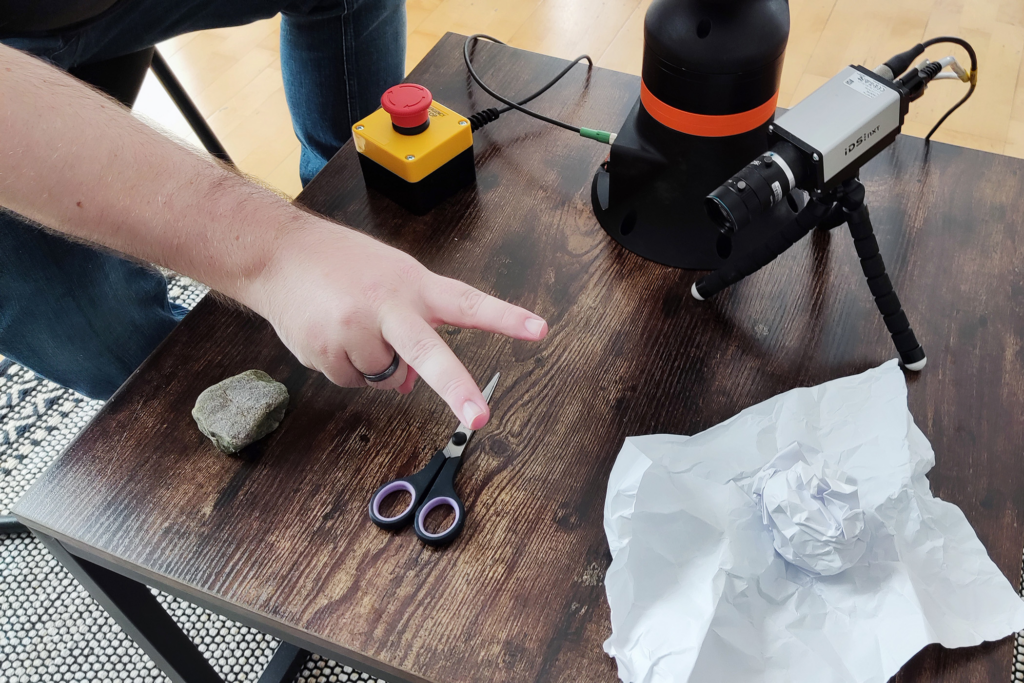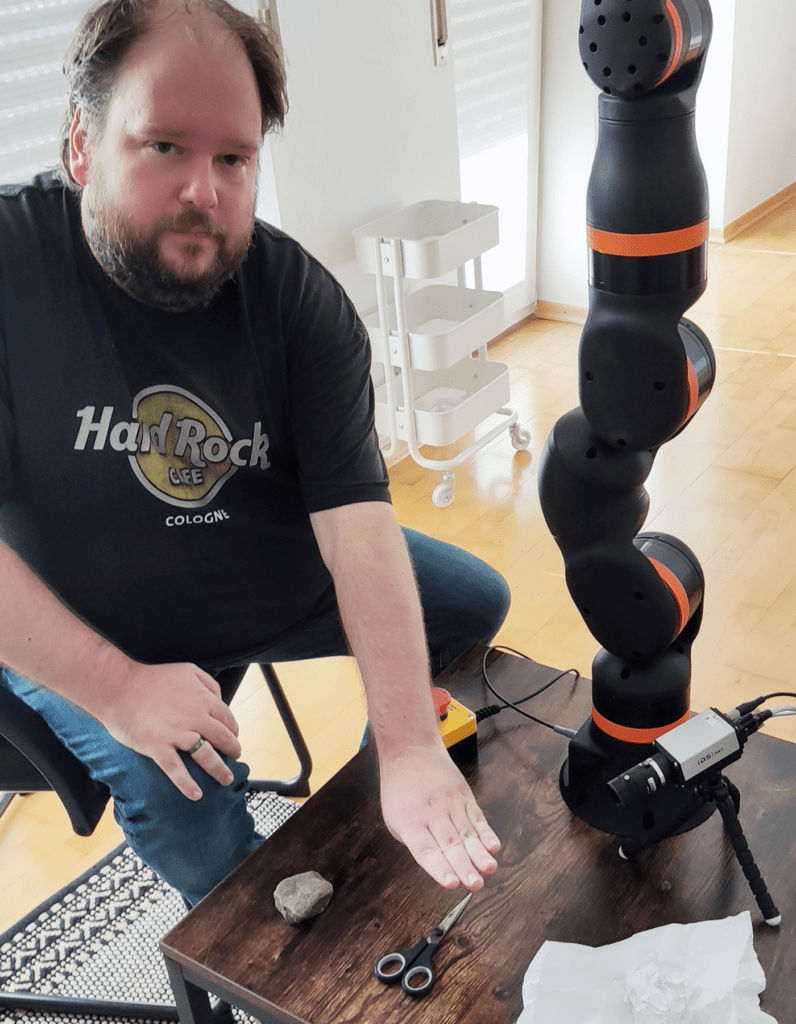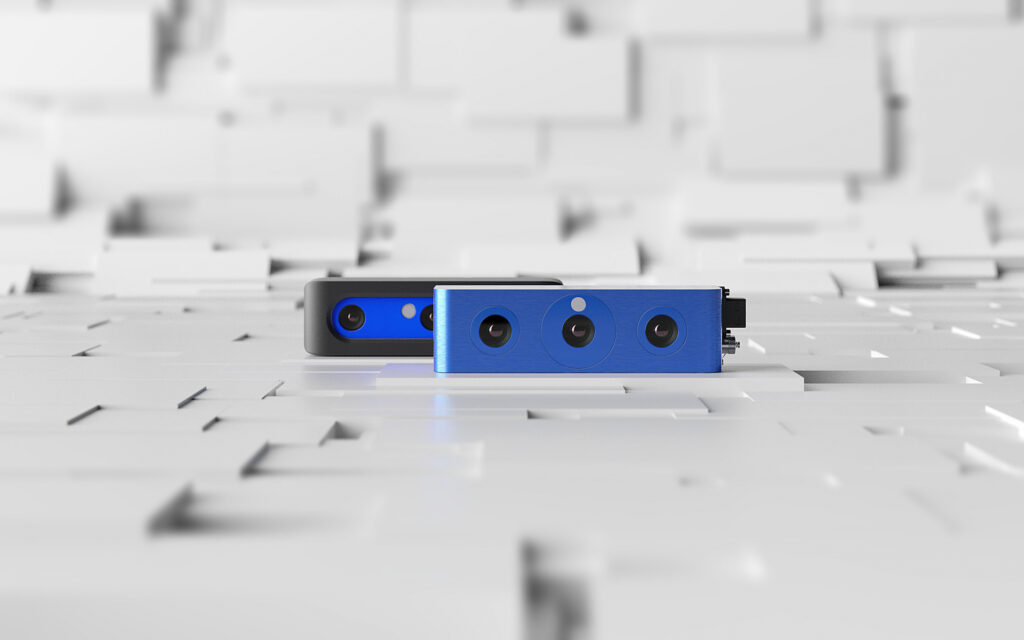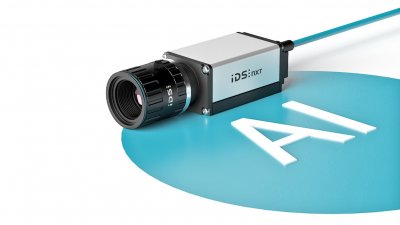New class of edge AI industrial cameras allows AI overlays in live video streams
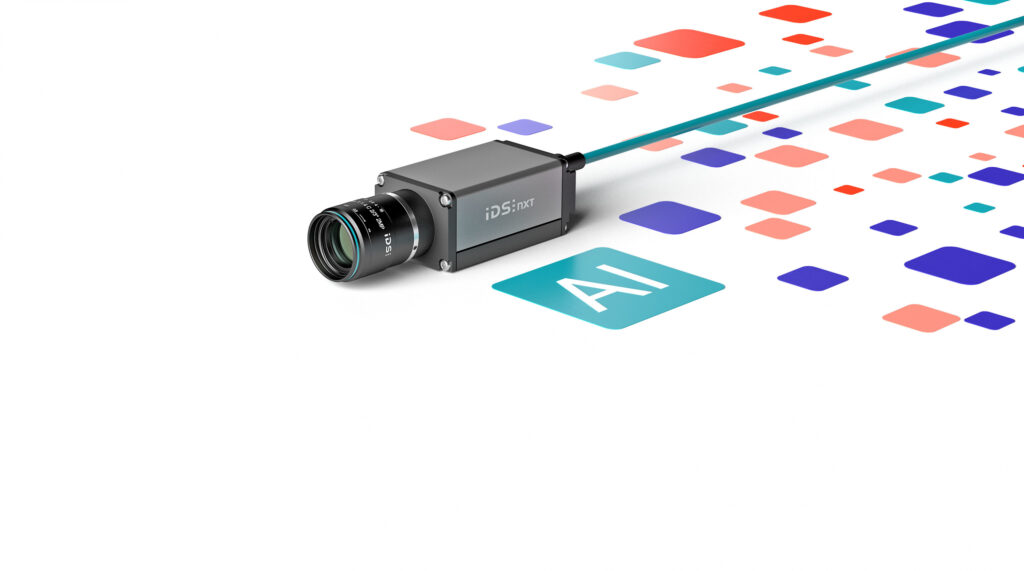
IDS NXT malibu marks a new class of intelligent industrial cameras that act as edge devices and generate AI overlays in live video streams. For the new camera series, IDS Imaging Development Systems has collaborated with Ambarella, leading developer of visual AI products, making consumer technology available for demanding applications in industrial quality. It features Ambarella’s CVflow® AI vision system on chip and takes full advantage of the SoC’s advanced image processing and on-camera AI capabilities. Consequently, Image analysis can be performed at high speed (>25fps) and displayed as live overlays in compressed video streams via the RTSP protocol for end devices.
Thanks to the SoC’s integrated image signal processor (ISP), the information captured by the light-sensitive onsemi AR0521 image sensor is processed directly on the camera and accelerated by its integrated hardware. The camera also offers helpful automatic features, such as brightness, noise and colour correction, which significantly improve image quality.
„With IDS NXT malibu, we have developed an industrial camera that can analyse images in real time and incorporate results directly into video streams,” explained Kai Hartmann, Product Innovation Manager at IDS. “The combination of on-camera AI with compression and streaming is a novelty in the industrial setting, opening up new application scenarios for intelligent image processing.“
These on-camera capabilities were made possible through close collaboration between IDS and Ambarella, leveraging the companies’ strengths in industrial camera and consumer technology. „We are proud to work with IDS, a leading company in industrial image processing,” said Jerome Gigot, senior director of marketing at Ambarella. “The IDS NXT malibu represents a new class of industrial-grade edge AI cameras, achieving fast inference times and high image quality via our CVflow AI vision SoC.“
IDS NXT malibu has entered series production. The camera is part of the IDS NXT all-in-one AI system. Optimally coordinated components – from the camera to the AI vision studio – accompany the entire workflow. This includes the acquisition of images and their labelling, through to the training of a neural network and its execution on the IDS NXT series of cameras.

